GASTRIC SLEEVE BARIATRIC COOKBOOK Easy And Healthy Recipes To Enjoy After Weight Loss Surgery Martha Smith Copyright 2020 Martha Smith All rights reserved. No part of this publication may be reproduced, distributed, or transmitted in any form or by any means, including photocopying, recording, or other electronic or mechanical methods, without the prior written permission of the publisher, except in the case of brief quotations embodied in critical reviews and certain other noncommercial uses permitted by copyright law.
INTRODUCTION
The Gastric Sleeve Surgery also known as Vertical Sleeve Gastrectomy is now the most common weight loss surgical bariatric operation performed in United States and worldwide. This is a kind of weight-loss surgery where a portion of the stomach is removed and the remaining is joined together to make it look like a sleeve or banana shape. This surgery helps to limit the size of your stomach to about 1/10th the original size, so that you will eat lesser food and get full quickly. Is Gastic Sleeve Different From Gastric Bypass? In gastric bypass, the surgeon makes a small pouch that is separated from the rest of the stomach.
This is done by cutting one end of the small intestine and sewing directly onto the new stomach pouch. As a result, the foods you eat will now bypass the first section of the small intestine and bottom section of the stomach- As a result, the small intestine will not be able to absolve food you eat, calories your gets is reduced which causes you to lose weight. Gastric bypass surgical procedure can be performed in many cases by inserting a medical instrument called lapascope, this instrument has tiny camera attached to it that sends pictures to a monitor. Other medical instruments are then inserted through other opening that enable the surgeon operates on the stomach. Gastric Bypass Diet A gastric bypass diet is introduced by the doctor or a registered dietitian to patients who has just undergone a sleeve gastrectomy or gastric bypass surgery to help them heal and change from their former eating pattern. Your dietitian or doctor will need to give a broad explanation on your diet changes, what type of food to eat and meal portion that is safe for you.
Why gastric Bypass diet: Gastric bypass diet can help you lose weight safely and avoid gaining weight Helps to avoid any side effects or complications as a result of the surgery Helps you adapt to new eating habit of smaller meal portion that is easy for your stomach to digest Help your stomach heal quickly without overstretching by food Preparing Before The Surgery Before you can be eligible to undergo Gastic Sleeve Surgery, the doctor will needs to consider many factors like, overall health of the person, overall body mass index (BMI). Patients are usually advised by doctors to undergo Weight management program before gastric sleeve surgery. While the expected body mass index (BMI) is at least 40, people that are too heavy may not be qualified to undergo gastric surgery to avoid any complications associated with postoperative. Other medical complications that could be a result of weight gain, such as liver disease, diabetes, heart disease etc. If the patient can be committed to a new eating habit over a long period of time. However, there no specific period of time following a diet plan for gastric sleeve post-operation, but experts have confirmed it is more effective to stay on a low carb diet than low fat diet in the short term (26 weeks), focusing more on people with metabolic syndrome or nonalcoholic fatty liver disease.
Getting ready for gastric sleeve surgery takes months of preparation, patient needs to prove that they can be committed to a new eating and exercise habit over a long period of time. You will have to work closely with a team of medical professionals to assist you build the skills required for a successful operation. Some of the skills will require the service of Psychologists; they will help you deal with the emotional part. Some patient may find it easy and quickly feel better after a weight loss surgery while others might not find it easy to recover or find themselves struggling because of anxiety or depression. Psychologists are readily available to help envisage coping strategies to deal with any emotions, stress or worries as a result of the surgery. Dietitians: A Dietitian will need to talk to you or any family member you may rely on for food through healthy eating habits, like healthy portion sizes and good nutrition.
Because the size of the stomach will be permanently decreases after Gastric sleeve surgery, a dietitians will need to fully explain what to eat and not to, how to gradually make changes to your eating pattern for the rest of your life. Doctors and surgeons: You will also need to meet with surgeons and doctors several months before the surgery. Their duty is to examine and explain in details what to expect before the surgery and after, any possible side effect or complications that can likely occur after the surgery. Exercise specialists: These experts help you to develop a workout routine that will not over stress you, helping you become more active before and after the surgery. Exercising before surgery month helps patients recovery faster and be in a good spirit for the operation. It also makes it easy for patients to return to working out after surgery.
All you need is to go steadily; a gradual process will not let you overstress yourself back into your exercise routine.
How to Change To A New Habit
You have to understand that this surgery will forever change the way you eat. Before you can finally get back to eating solid foods, you will have to follow this new diet stage by stage. How long it takes to move from one stage to the other depends on the patient body ability to heal and adjust quickly to the new eating pattern. In most case you should be able to eat solid food after three months of surgery.
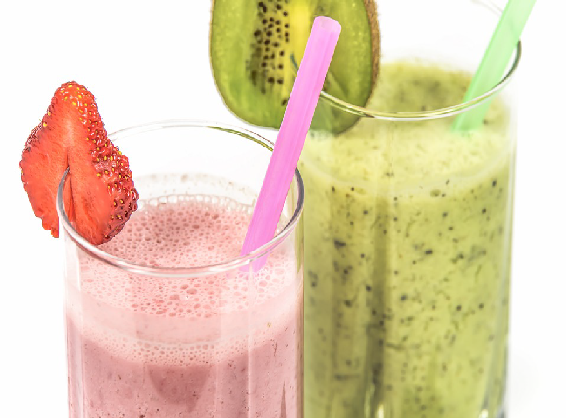
What To Eat After The Surgery
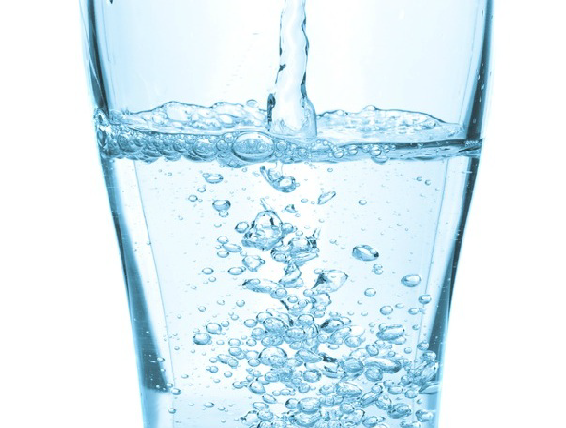
After the first day of the surgery you are expected to drink clear liquid, and once you are able to handle that, you then proceed to drinking other liquid for the next seven days, such as: Sugar-free Milk (skim or 1 percent) Unsweetened juice Noncarbonated clear liquids Broth Sugar-free gelatin or popsicles Decaffeinated tea or coffee Pureed Food: After the seven days you can start drinking protein shakes and pureed foods (mashed up) for the next four weeks.
The puree should be in form of thick liquid or smooth paste free of any solid pieces. You can eat up to 3 to 6 meals a day consisting of about 4 to 6 tablespoons of puree food per servings. Take your time and eat slowly, about half an hour per meal. Your puree food should consist of any foods that will puree well, such as: Strained cream soups Cooked vegetables and soft fruits Cooked cereal Soft scrambled eggs Cottage cheese Poultry, lean ground meat, or fish Solid foods blended with a liquid, such as: Broth Water No sugar added juice Skim milk Soft Food: Patients can start introducing soft food after the first month of surgery or once your doctor says its okay. You can eat up to 3 to 5 meals a day consisting of about 1/3 to 1/2 cup of soft food per servings. At All Stages after The Surgery You Most: Keeping in mind that food needs to be chewed very slowly and thoroughly before you swallow to avoid dumping syndrome.
Dumping syndrome occur when food are not properly chewed before swallowing or occur as a result of large particles of food entering the small intestine too rapidly which can cause: Dizziness Nausea Vomiting Diarrhea Abdominal pain Sweating Take your time and eat slowly, about 30 minutes per meal. Do not drink liquid within meals, only 30 minutes after or before food All patients take multi-vitamin and mineral supplements daily according to your physician directions. Your body may not able to absorb all the required nutrients from the food you eat. Do not take high-calorie sodas and snack Eat lean, protein-rich foods daily even before other foods in your meal. Avoid foods that are high in sugar and fat. Limit caffeine, which can cause dehydration Avoid alcohol Soft food should consist of: Cooked vegetables, without skin Rice Cooked or dried cereal Cottage cheese Eggs Flaked fish Ground lean meat or poultry Solid Food: After 2 or 3 months of eating soft food, you can gradually move on to eat solid foods.
Next page
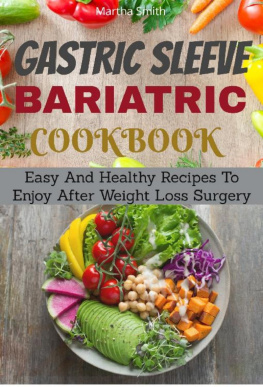
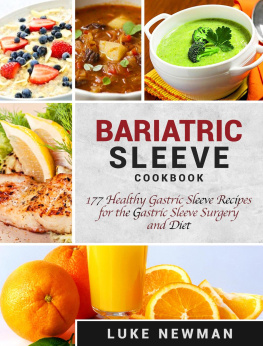
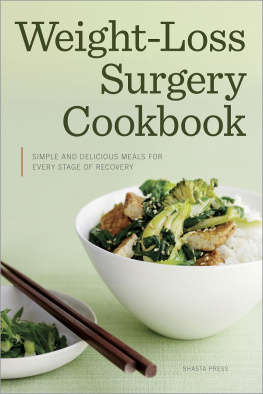
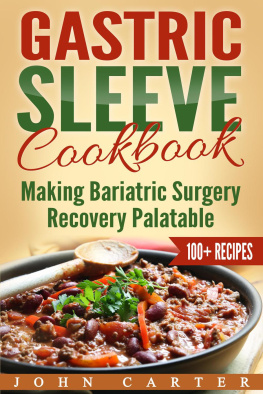

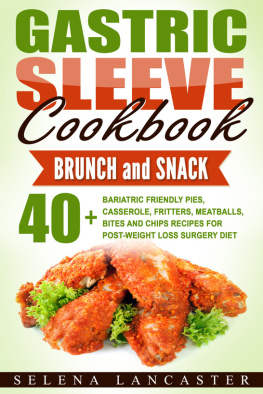
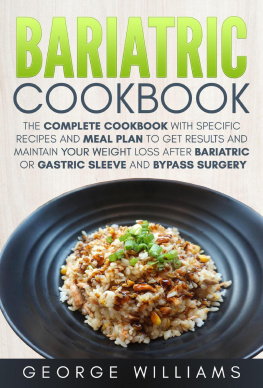

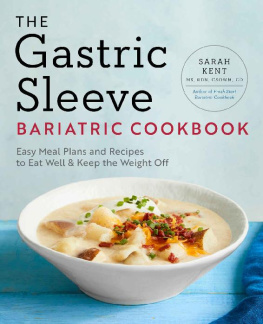

 After the first day of the surgery you are expected to drink clear liquid, and once you are able to handle that, you then proceed to drinking other liquid for the next seven days, such as: Sugar-free Milk (skim or 1 percent) Unsweetened juice Noncarbonated clear liquids Broth Sugar-free gelatin or popsicles Decaffeinated tea or coffee Pureed Food: After the seven days you can start drinking protein shakes and pureed foods (mashed up) for the next four weeks.
After the first day of the surgery you are expected to drink clear liquid, and once you are able to handle that, you then proceed to drinking other liquid for the next seven days, such as: Sugar-free Milk (skim or 1 percent) Unsweetened juice Noncarbonated clear liquids Broth Sugar-free gelatin or popsicles Decaffeinated tea or coffee Pureed Food: After the seven days you can start drinking protein shakes and pureed foods (mashed up) for the next four weeks.